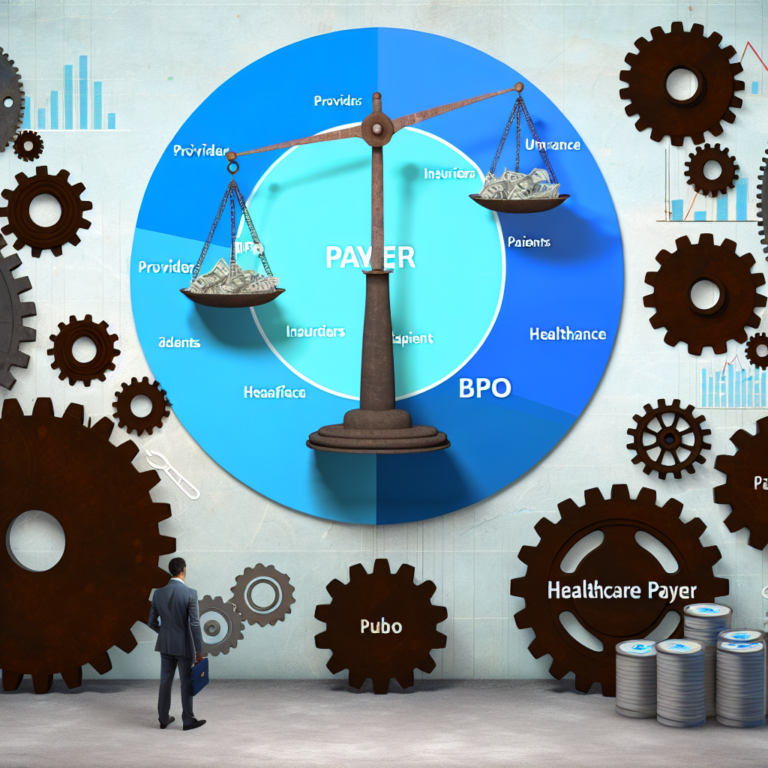Explore the growing Healthcare IoT Security Market, focusing on trends, challenges, and innovations in protecting connected healthcare devices.
Healthcare IoT Security Market

Table of Contents
- Exploring the Healthcare IoT Security Market: Challenges and Innovations
- Understanding Healthcare IoT
- The Importance of IoT Security in Healthcare
- Current Challenges in Healthcare IoT Security
- Technological Advancements in Healthcare IoT Security
- Case Studies: Success Stories in Healthcare IoT Security
- Regulatory Landscape and Compliance
- Future Trends in Healthcare IoT Security
- Conclusion: Securing the Future of Healthcare IoT
Exploring the Healthcare IoT Security Market: Challenges and Innovations

The integration of the Internet of Things (IoT) in healthcare has revolutionized the way care is delivered, enhancing patient monitoring, management, and overall healthcare delivery. However, this integration comes with significant security challenges that need to be addressed to protect sensitive health data and ensure patient safety. This article delves into the healthcare IoT security market, exploring its challenges, technological advancements, and future trends.
Understanding Healthcare IoT
Healthcare IoT refers to a network of medical devices and applications that connect to healthcare IT systems through online computer networks. Devices such as wearable fitness trackers, remote patient monitoring equipment, and advanced hospital beds offer potential benefits such as improved health outcomes, reduced healthcare costs, and enhanced patient experience. However, the connectivity of these devices also opens up new vulnerabilities, making security a top priority.
The Importance of IoT Security in Healthcare
The stakes for IoT security in healthcare are exceptionally high. The sensitivity of personal health information, the potential for life-threatening disruptions, and stringent regulatory requirements make it imperative for healthcare providers to ensure robust security measures are in place. The consequences of security breaches can be severe, ranging from data theft and financial loss to risks to patient safety.
Current Challenges in Healthcare IoT Security
- Data Privacy: With devices collecting and transmitting personal health information, ensuring the privacy of patient data is a major concern.
- Device Management: The sheer volume of IoT devices in healthcare complicates device management and security patching.
- Interoperability: Different IoT devices and systems often lack standardization, making it difficult to implement security uniformly.
- Advanced Persistent Threats: Healthcare systems are prime targets for cyberattacks due to the valuable nature of health data.
Technological Advancements in Healthcare IoT Security
Addressing the challenges of IoT security in healthcare requires innovative solutions and technologies. Here are some of the key advancements:
- Blockchain Technology: Offers decentralized security and data integrity, making it harder for unauthorized changes to be made without detection.
- Advanced Encryption Techniques: Essential for protecting data in transit and at rest, encryption helps prevent unauthorized data access.
- AI and Machine Learning: These technologies are used for anomaly detection and real-time security analytics to identify potential threats quickly.
- Zero Trust Architectures: This security model assumes no entity is trusted by default from inside or outside the network, requiring verification at every stage.
Case Studies: Success Stories in Healthcare IoT Security
Several healthcare organizations have successfully implemented IoT solutions with robust security measures. For example, a major hospital network implemented a smart patient monitoring system that uses blockchain to secure data transactions, ensuring tamper-proof records and patient privacy. Another case involved the use of AI-driven security systems that detected and mitigated a ransomware attack, protecting critical patient data and healthcare operations.
Regulatory Landscape and Compliance
The regulatory environment for healthcare IoT is complex, with various standards and regulations that must be adhered to. Key regulations include the Health Insurance Portability and Accountability Act (HIPAA) in the U.S., which sets standards for the protection of health information, and the General Data Protection Regulation (GDPR) in the EU, which governs data protection and privacy. Compliance with these regulations is not just mandatory but essential for building trust and credibility in healthcare IoT solutions.
Future Trends in Healthcare IoT Security
The future of healthcare IoT security looks promising with several trends poised to shape its landscape:
- Increased Adoption of Edge Computing: Processing data closer to where it is generated reduces latency and increases the speed of data analysis, enhancing the security of IoT devices.
- Integration of Biometric Security: Technologies like fingerprint recognition and retinal scans are becoming more common for authenticating access to devices and data.
- Enhanced Regulatory Frameworks: Expect stricter regulations and standards to emerge as healthcare IoT continues to evolve.
- Greater Focus on Patient-Centric Security: Security solutions will increasingly focus on patient privacy and data integrity, aligning with patient care priorities.
Conclusion: Securing the Future of Healthcare IoT
The healthcare IoT security market is at a critical juncture, facing both significant challenges and exciting opportunities. As technology continues to advance, so too must the security measures that protect it. By embracing innovative technologies and adhering to stringent regulations, the healthcare industry can safeguard sensitive data and devices, ultimately enhancing patient care. The journey towards secure healthcare IoT is ongoing, and it requires continuous effort from all stakeholders involved.
In conclusion, while the path forward is fraught with challenges, the potential benefits of a secure healthcare IoT ecosystem are immense. Stakeholders must collaborate to foster innovations that enhance security and trust in healthcare IoT systems, ensuring a safer and more efficient healthcare environment for all.








